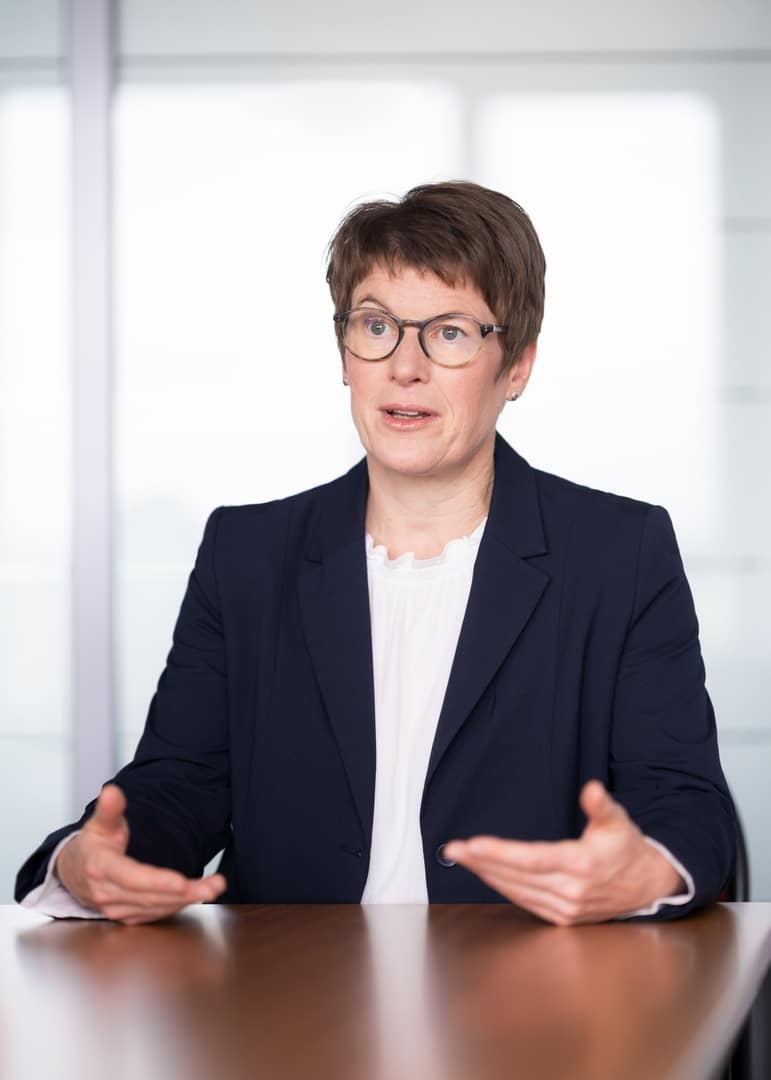Siemens Energy is on the right track, as the latest figures show. Although the wind subsidiary Gamesa, like before, is registering losses, all other divisions are doing well and are profitable – trend rising. That the stock market also sees it that way is shown by the share price being at times over 14 EUR. You must simply give the integration of Siemens Gamesa time. That won’t happen in weeks, but rather in one to two years. Starting 2026, this unit should be profitable again and by then enable a cost reduction potential of 400 million EUR.
At the same time, the market for offshore wind is growing enormously, and there will be more and more synergies, such as with electrolyzers for offshore hydrogen production, visible. Here, things will grow together that belong together, because renewable wind power should be converted into molecules on site, which are then transported by ship and pipeline to consumers. Whether the onshore wind division – and this is where the problems lie at Gamesa – can and should be maintained as an activity is questionable, if the technical problems cannot be solved sustainably.
Siemens is divided into many divisions, all of which are growing at different rates and contribute to the success of the conglomerate. The division Gas Services reported a turnover of 10.9 billion EUR at an operating profit of 1.033 billion EUR. The division Grid Technologies has made 7.2 billion EUR turnover at 0.54 billion EUR profit, and Transformation of Industry had 4.4 billion EUR turnover at 0.228 billion EUR profit. Let me make a simple thought experiment here:
What would happen if Siemens Energy would take one of these divisions public as a spin-off (as a company share), like what parent company Siemens did with Siemens Energy? Could perhaps 30 to 40 percent of Gas Services proportionately be worth 2, 3 or 4 billion EUR on the stock market and Siemens Energy allow this equivalent value via an initial public offering (IPO) as an inflow of capital? With this capital, Siemens Energy could then finance strategic acquisitions from its own resources. New business models could be developed in order to bring together the offshore wind division of Siemens Gamesa with the electrolyzer division, with the aim of producing offshore hydrogen. Wouldn’t it even be interesting, to enter into hydrogen production itself with partners and customers and to bring in hardware from Siemens Energy to projects as assets or contributions in kind? All this would open up new and sustainable sales areas for Siemens Energy, is my purely theoretical consideration.
New on the supervisory board: Prof. Veronika Grimm
The appointment of Prof. Veronika Grimm to the supervisory board of Siemens Energy – criticism came from the ranks of the economic experts due to possible conflicts of interest – I think it is expedient, because this is where expertise from the theoretical field flows into the practical work of a company. Grimm with her expertise in the energy sector has a special position in the council of wise men, because she thinks pragmatically and is open to technology, and also esteems hydrogen with the importance that the supermolecule has. From this Siemens Energy can profit. On topics that directly affect Siemens Energy she will not issue an opinion. In advisory bodies like the economic council sit theorists.
Record order intake
The power plant strategy finally adopted by the German government (see p. 26) leaves rooms for a lot of imagination for Siemens Energy, because many a major order for gas turbines could and should land here, as there are only few capable providers like Siemens Energy anyway. It is a good sign that the first quarter of fiscal year 2024 was able to be concluded with a profit before special effects of 208 million EUR. The impressive 24 percent increase in order intake to 15.4 billion EUR in the quarter catapulted this to a record level of over 118 billion EUR and, if it continues like this, is also expected to reach 140 to 150 billion EUR on an annualized basis (estimate).
Summary: Buy and leave alone. As a full-service provider, the conglomerate is in the right and, above all, high-growth markets of energy production, especially in the area of hydrogen, perfectly positioned.
Disclaimer
Each investor must always be aware of their own risk when investing in shares and should consider a sensible risk diversification. The FC companies and shares mentioned here are small and mid cap, i.e. they are not standard stocks and their volatility is also much higher. This report is not meant to be viewed as purchase recommendations, and the author holds no liability for your actions. All information is based on publicly available sources and, as far as assessment is concerned, represents exclusively the personal opinion of the author, who focuses on medium- and long-term valuation and not on short-term profit. The author may be in possession of the shares presented here.
Author: Sven Jösting, written March 15th, 2024


